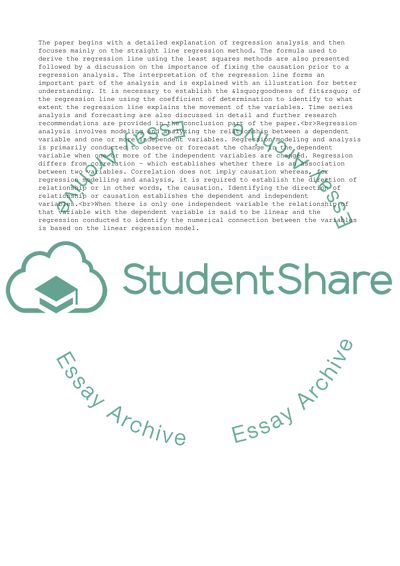Cite this document
(Regression Modelling and Analysis Term Paper Example | Topics and Well Written Essays - 1750 words, n.d.)
Regression Modelling and Analysis Term Paper Example | Topics and Well Written Essays - 1750 words. Retrieved from https://studentshare.org/business/1737469-regression-modeling-and-analysis
Regression Modelling and Analysis Term Paper Example | Topics and Well Written Essays - 1750 words. Retrieved from https://studentshare.org/business/1737469-regression-modeling-and-analysis
(Regression Modelling and Analysis Term Paper Example | Topics and Well Written Essays - 1750 Words)
Regression Modelling and Analysis Term Paper Example | Topics and Well Written Essays - 1750 Words. https://studentshare.org/business/1737469-regression-modeling-and-analysis.
Regression Modelling and Analysis Term Paper Example | Topics and Well Written Essays - 1750 Words. https://studentshare.org/business/1737469-regression-modeling-and-analysis.
“Regression Modelling and Analysis Term Paper Example | Topics and Well Written Essays - 1750 Words”, n.d. https://studentshare.org/business/1737469-regression-modeling-and-analysis.


